Changing Control Arm yourself – manuals and video tutorials
Changing Control Arm: step-by-step guides
Most viewed video tutorials on the installation of Control Arm
 How to change a track control arm [AUTODOC TUTORIAL]
How to change a track control arm [AUTODOC TUTORIAL] How to change front suspension arm on FORD FOCUS 2 TUTORIAL | AUTODOC
How to change front suspension arm on FORD FOCUS 2 TUTORIAL | AUTODOC How to replace suspension front lower arm BMW 3 E90 TUTORIAL | AUTODOC
How to replace suspension front lower arm BMW 3 E90 TUTORIAL | AUTODOC How to change front suspension arm / front control arm on Audi A4 B8 Saloon [TUTORIAL AUTODOC]
How to change front suspension arm / front control arm on Audi A4 B8 Saloon [TUTORIAL AUTODOC] How to change rear suspension arm / rear control arm on VW GOLF 5 (1K1) [TUTORIAL AUTODOC]
How to change rear suspension arm / rear control arm on VW GOLF 5 (1K1) [TUTORIAL AUTODOC] How to change front suspension arm on TOYOTA YARIS XP10 TUTORIAL | AUTODOC
How to change front suspension arm on TOYOTA YARIS XP10 TUTORIAL | AUTODOC How to change front lower arm on HONDA JAZZ 1 TUTORIAL | AUTODOC
How to change front lower arm on HONDA JAZZ 1 TUTORIAL | AUTODOC How to change front lower arm on MAZDA 3 BK TUTORIAL | AUTODOC
How to change front lower arm on MAZDA 3 BK TUTORIAL | AUTODOC How to change front lower arm on OPEL ASTRA H TUTORIAL | AUTODOC
How to change front lower arm on OPEL ASTRA H TUTORIAL | AUTODOC How to change Front Suspension Arm on SUZUKI SX4 1 TUTORIAL | AUTODOC
How to change Front Suspension Arm on SUZUKI SX4 1 TUTORIAL | AUTODOC How to change rear suspension arm / rear control arm on FORD FOCUS 2 (DA) [TUTORIAL AUTODOC]
How to change rear suspension arm / rear control arm on FORD FOCUS 2 (DA) [TUTORIAL AUTODOC] How to change front lower arm on AUDI A4 B6 TUTORIAL | AUTODOC
How to change front lower arm on AUDI A4 B6 TUTORIAL | AUTODOC![How to change suspension arm on MERCEDES W201 [TUTORIAL AUTODOC]](https://i.ytimg.com/vi/mdeh1XB8UmI/mqdefault.jpg) How to change suspension arm on MERCEDES W201 [TUTORIAL AUTODOC]
How to change suspension arm on MERCEDES W201 [TUTORIAL AUTODOC]![How to change front suspension arm on MERCEDES-BENZ W203 C-Class [TUTORIAL AUTODOC]](https://i.ytimg.com/vi/rKo-waAacs4/mqdefault.jpg) How to change front suspension arm on MERCEDES-BENZ W203 C-Class [TUTORIAL AUTODOC]
How to change front suspension arm on MERCEDES-BENZ W203 C-Class [TUTORIAL AUTODOC]![How to change rear suspension arm / rear control arm on VW PASSAT B6 (3C5) [TUTORIAL AUTODOC]](https://i.ytimg.com/vi/O1EJcgbFUMM/mqdefault.jpg) How to change rear suspension arm / rear control arm on VW PASSAT B6 (3C5) [TUTORIAL AUTODOC]
How to change rear suspension arm / rear control arm on VW PASSAT B6 (3C5) [TUTORIAL AUTODOC] How to change front suspension arm MERCEDES-BENZ E W211 TUTORIAL | AUTODOC
How to change front suspension arm MERCEDES-BENZ E W211 TUTORIAL | AUTODOC
Replacing Control Arm: TOP manuals for changing
Want to get more useful information?  Ask on the forum
Ask on the forum
Ask questions or share your repair experience on the car forum. Subscribe to updates so you don't miss out on new guides.
Video instructions for changing the Control Arm – playlist by AUTODOC CLUB
 How to change suspension arm tutorial | Step-by-step video guide
How to change suspension arm tutorial | Step-by-step video guide
Advices on car maintenance
 When do you need to change the suspension arm? | AUTODOC tips
When do you need to change the suspension arm? | AUTODOC tips How to fix a knocking and creaking suspension | AUTODOC
How to fix a knocking and creaking suspension | AUTODOC BMW E30 Turbo Suspension Swap: Boost Your Handling | AUTODOC project
BMW E30 Turbo Suspension Swap: Boost Your Handling | AUTODOC project How to fix your car with AUTODOC CLUB
How to fix your car with AUTODOC CLUB
Unlock your car maintenance assistant!
Track expenses, manage logs, schedule replacements, and more.
How to change Control Arm on your car yourself
Common questions about replacing control arms
Other car repair tutorials

Time to replace parts? Get even better deals in our Shop app.

SCAN ME


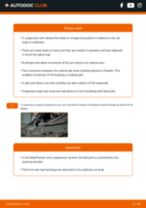

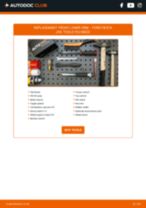
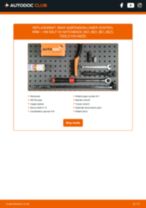
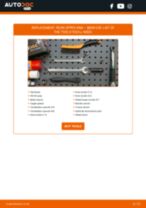
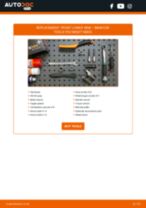
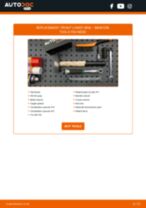
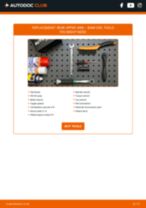
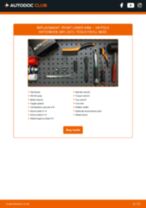
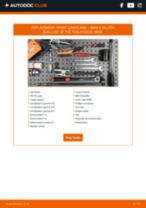
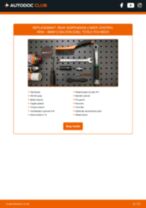
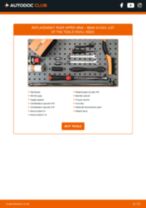
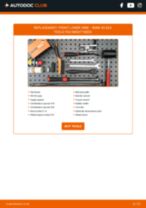
 Play all playlists
Play all playlists





























































